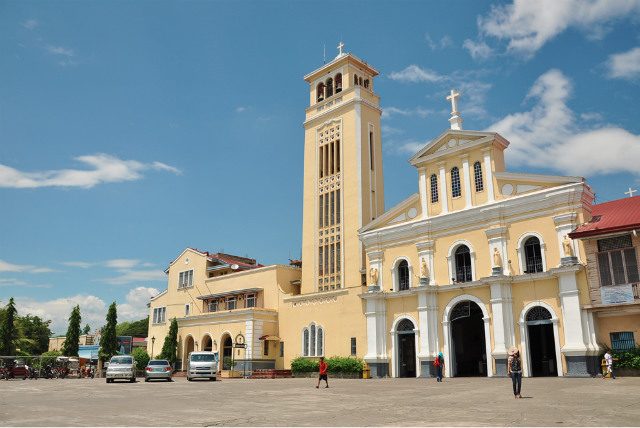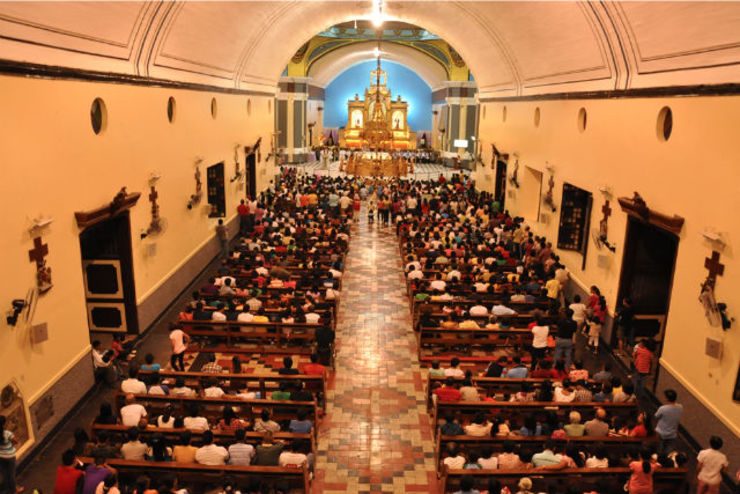SUMMARY
This is AI generated summarization, which may have errors. For context, always refer to the full article.

MANILA, Philippines – Granting special privileges to the Manaoag Shrine and Catholics who visit it, Pope Francis has turned the Pangasinan church into a basilica.
The Manaoag Shrine houses the image of the Lady of the Rosary of Manaoag, which Catholics believe is miraculous.
Lingayen-Dagupan Archbishop Socrates Villegas on Monday, October 13, said Francis “has granted the title minor basilica” on the Shrine of Our Lady of the Rosary of Manaoag.
“The Archdiocese of Lingayen-Dagupan is immensely blessed,” said Villegas, who also heads the Catholic Bishops’ Conference of the Philippines.
Francis named the shrine a basilica months before he visits the Philippines in January 2015. (READ: People’s Pope comes close to Filipinos)
In the Catholic Church, the Pope can honor a church with the title of minor basilica if it has “particular importance for liturgical and pastoral life,” the Congregation for Divine Worship and the Discipline of the Sacraments said in 1989.
To qualify as a basilica, the congregation said the church may, among other things, “enjoy a certain renown throughout the diocese, for example, because it has been constructed and dedicated to God on the occasion of some particular historical and religious event, or because the body or significant relics of a saint are reserved in it, or because some sacred image is there venerated in a special way.”

Indulgence for churchgoers
The title of minor basilica comes with certain privileges. One of these is a plenary indulgence, which Paul VI defined as “the remission before God of the temporal punishment due sins already forgiven as far as their guilt is concerned.”
An indulgence “is partial or plenary according as it removes either part or all of the temporal punishment due sin,” Paul VI said in the apostolic constitution Indulgentiarum Doctrina.
The Congregation for Divine Worship and the Discipline of the Sacraments said: “The faithful who devoutly visit the basilica and within it participate in any sacred rite or at least recite the Lord’s Prayer and the profession of faith may obtain a plenary indulgence under the usual conditions (sacramental confession, Eucharistic Communion, and prayer for the intention of the Supreme Pontiff):
-
on the anniversary of the dedication of the same basilica;
-
on the day of the liturgical celebration of the title;
-
on the Solemnity of Saints Peter and Paul, Apostles;
-
on the anniversary of the granting of the title of basilica;
-
once a year on a day to be determined by the local Ordinary;
-
once a year on a day freely chosen by the each of the faithful.”
The congregation added that “the papal symbol, that is, ‘crossed keys,’ may be exhibited on banners, on furnishings, and on the seal of the basilica.”
Basilicas in the Philippines include the Manila Cathedral and the Minor Basilica of the Black Nazarene in Quiapo. – Rappler.com
Join Rappler in a 100-day countdown to Pope Francis’ visit to the Philippines: a journey from the Vatican to Tacloban. Tweet us your thoughts using the hashtag #PopeFrancisPH!
Add a comment
How does this make you feel?
There are no comments yet. Add your comment to start the conversation.